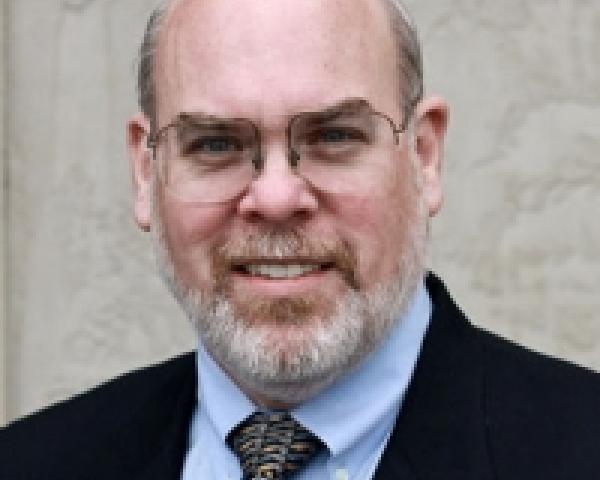Decades ago, a refrain began that predicted the death of the insurance agent. The internet was going to cut out the middleman! Disintermediation would result in the demise of the traditional insurance agent! But here we are – years later – and distribution intermediaries such as agents, brokers and wholesalers are not only surviving, they are thriving. I believe that claims adjusters, and claims professionals in general, are starting on a new and improved journey.
The pandemic has served as a catalyst for putting digital transformation across insurance on the fast track, and claims is one of the areas that is primed for implementing digital capabilities. As more claims information is captured and managed digitally, new opportunities to leverage AI technologies arise. This leads to a vision of full automation, high levels of straight-through processing and (logically) a diminishing role for claims professionals. These themes are explored in a new SMA research report, “P&C Claims in the Post-Pandemic Era: Emerging Stronger, Accelerating Transformation.” There is tremendous momentum for leveraging technology to automate and enhance the claims process, but that does not mean that the role of the adjuster will become obsolete… and it brings to mind the old Monty Python gag, where an old man is flung onto a heap of bodies, only to announce that he is “not quite dead yet.”
So it may be with the claims adjuster. As a matter of fact, the stage is set for claims roles to be elevated as they focus on high-value activities. And the phrase “not quite dead yet” doesn’t really do the situation justice, for these roles as they are very much alive and evolving. The key lies in exploring the complexity of the claims landscape.
There is no question that many simple claims are best handled in automated fashion, with digital workflows, connections to restoration partners and AI-based decision-making. The ability to reduce cycle times and settle claims faster benefits everyone, especially the claimant.
But there are many complex claims, especially those where serious injuries have occurred, where large commercial properties are affected or where insured vehicles or property are related to industries with unique risks. Add to that the vital areas of fraud detection and investigation, litigation, medical management and recoveries. It becomes clear that human expertise and experience will still have important roles to play.
All these areas will benefit from automation, and claims experts will be aided by AI capabilities. However, the need for human-to-human connection, expressing empathy to claimants and applying judgment in complex, multi-faceted situations will always be needed and will remain the hallmark of good claims organizations.
See also: How to Recruit Claims Adjusters
For more information on the evolution of P&C claims, see our recent research report, “P&C Claims in the Post-Pandemic Era: Emerging Stronger, Accelerating Transformation.” This report identifies how insurers have responded throughout the pandemic and how claims technology plans have changed over the past 18 months. Digital transformation and AI technologies are also addressed, based on SMA surveys of P&C executives. Finally, a vision of the future of claims is presented, including the role of the claims professional. Far into the future, we are still likely to be saying: Long live the claims adjuster!








